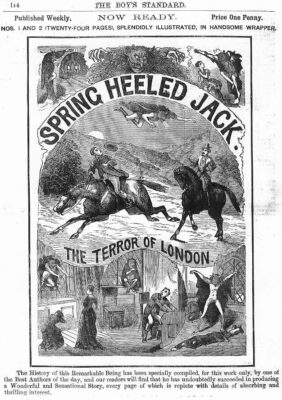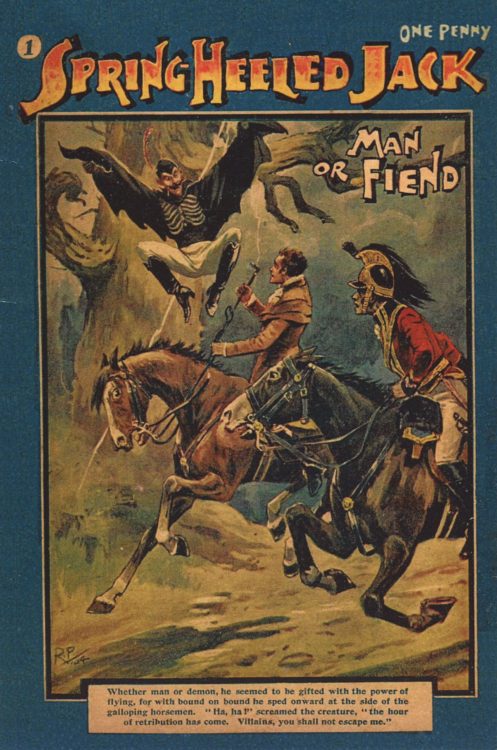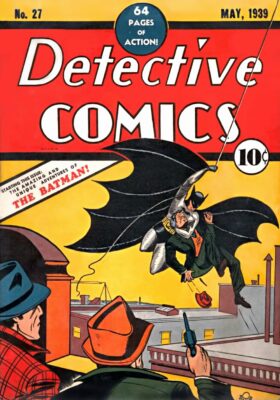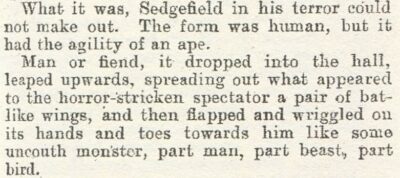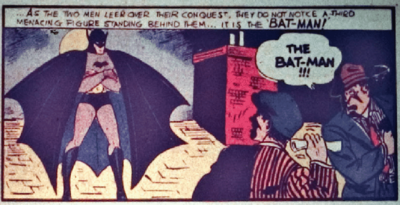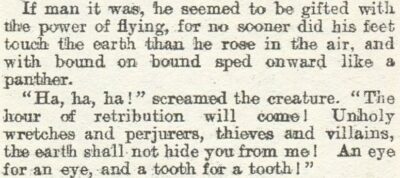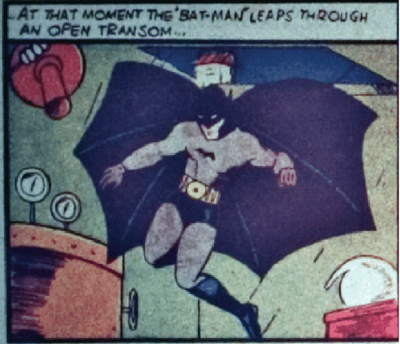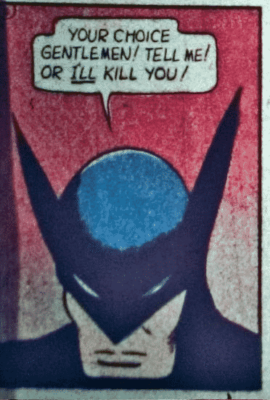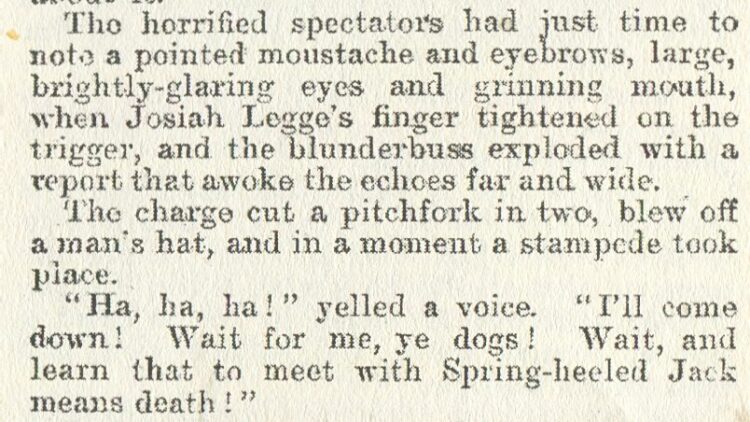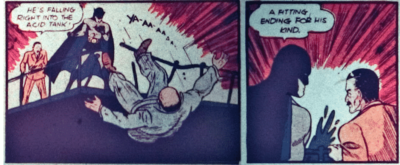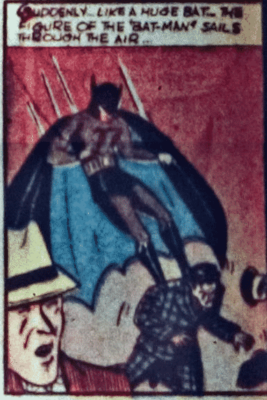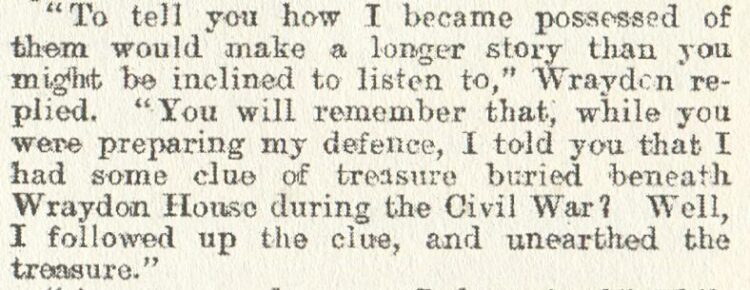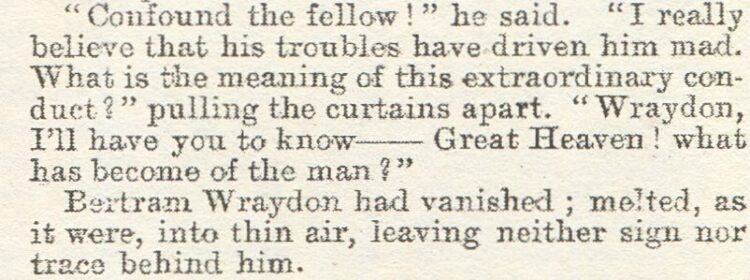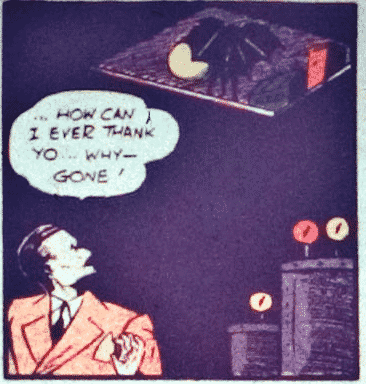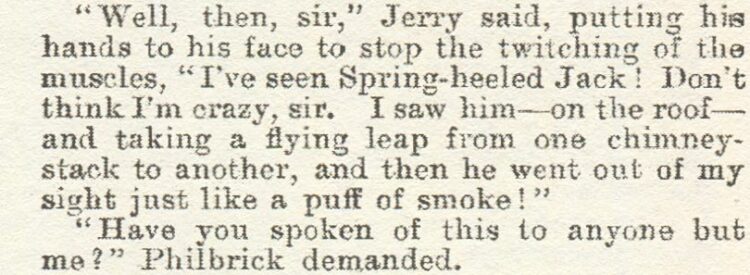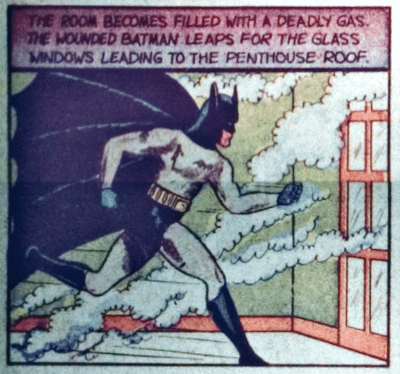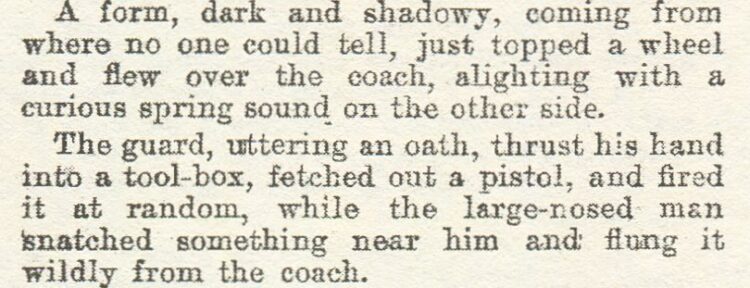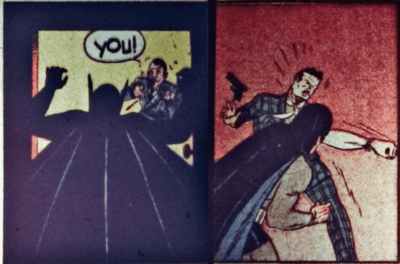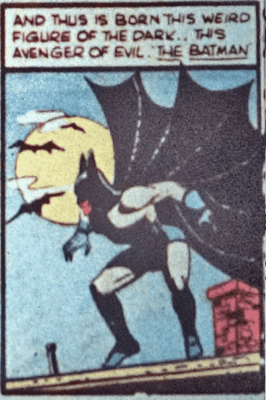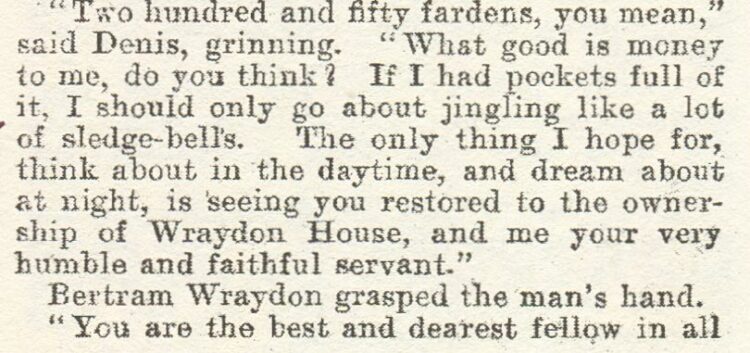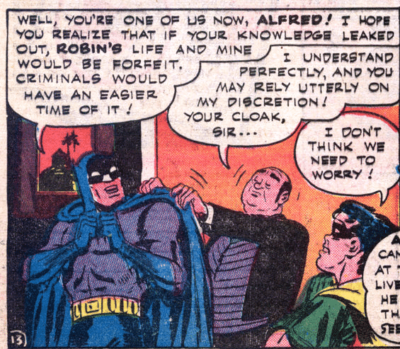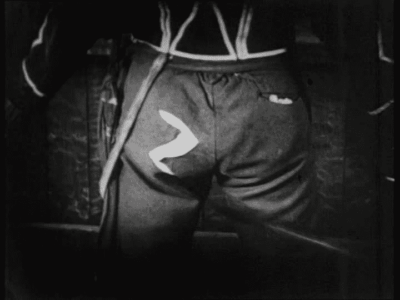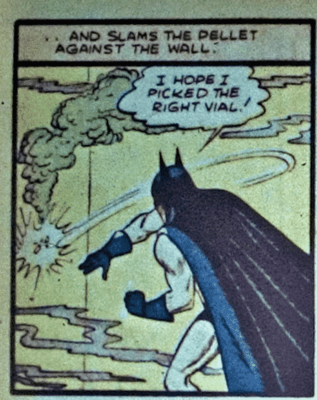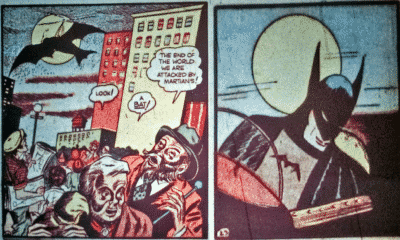Spring-Heeled Jack: The Original Batman? by Alex Grand
Read Alex Grand’s Understanding Superhero Comic Books published by McFarland Books in 2023 with Foreword by Jim Steranko with editorial reviews by comic book professionals, Jim Shooter, Tom Palmer, Tom DeFalco, Danny Fingeroth, Alex Segura, Carl Potts, Guy Dorian Sr. and more.
In the meantime enjoy the show:
As we mentioned in the Pulps to Comic Books chapter, the 19th century character, Spring-Heeled Jack was a one-penny pre-cursor to Batman who was created in 1939. However the similarity runs deeper than just the cover of the book but into the techniques in which the character would introduce fear into the superstitious hearts of his enemies.
Whether Bob Kane or Bill Finger read this character, or read a descendant of this character, almost doesn’t matter, but rather demonstrates that this type of anti-hero is valuable in pulp culture and doesn’t have its genesis in comic books. This type of character, whatever it is called, grabs the reader’s imagination. Spring-Heeled Jack started in the year 1837 as an English bogey man, a ghost, or devil. He made appearances in local written culture at the time with some pics like this one in 1867.
As appearances became more widespread, he would be described as wearing a skin coat with a horned mask, and would eventually be depicted again in British Penny Dreadfuls like this one from 1886.
There were several appearances and backstories explained in various stories and one analyzed a little more closely here would be the one penny magazine serial Spring-Heeled Jack written by Alfred Burrage.
We can examine the first issue of this multi-part saga since copies are available online to buy, and we can see which paragraphs are key descriptions that not only describe Burrage’s Spring Heeled Jack, but can also be used to describe Batman, either in actual objective verbiage or simply by perception of how a criminal would view Batman in a dark alleyway in his early issues.
First thing to understand, is that similar to Kane and Finger’s Batman 1939, this series of Spring Heeled Jack is a revenge saga, and the anti-hero gets payback against the criminals of the story.
*
Also similar to Batman, to seek the best form of revenge, and to engage in psychological power over the enemy, Spring Heeled Jack would use superstition against the people he was after. When Spring-Heeled Jack is sighted in the darkness and in costume, he is described by criminals as a terror, with human form, agility of an ape, and bat-like wings, part man and part beast. In the early issues of Detective Comics, Batman was seen in costume by the cowardly and superstitious criminals, in the dark, and he would immediately invoke a feeling of dread and fear.
*
As there are more Spring-Heeled Jack sightings in the story, his mystique and tendency to camouflage into his night time surroundings give spectators the sense that he has the power of flying, with phrases like “he seemed to be gifted with the power of flying” and “he rose in the air”” Batman is capable of such athletic feats in the early issues of Detective comics, and with his costume would be seen as leaping in and out of rooms.
*
*
As his physical prowess both impressed and frightened his victims, Spring Heeled Jack’s horrified spectators would see various aspects of this anti-hero for example his “brightly-glaring eyes” and a “grinning mouth,” as he would threaten them with death, and he held no qualms about killing the guilty. This was the same for Batman in the early Detective Comics where people were so scared, they would end up dead either by direct force or by self inflicted wounds like this fall into a tank of acid, and Batman reveled in those deaths, as all criminals deserved to pay.
*
As the sightings continue, superstitious rumors start to generate about Spring-Heeled Jack’s capabilities saying that he possesses “wonderful powers” and that he is not “mortal and can clear an obstacle “twelve feet in height.” Similar to Batman, he uses fear so that people feel he is better than he actually is, and instead of just ganging up on him, they were too busy confused and running as Batman would make his leaped attack.
*
As we read the series we find out that Burrage’s Spring-Heeled Jack is named Bertram Wraydon, a young heir to the fortune of the Wraydon family, and he sets out to avenge his wrongful conviction against his evil half brother Hubert Sedgefield. Similar to the Batman, we find out the secret dual identity of young heir, Bruce Wayne, with the same initials as Bertram Wraydon, well into the story. For both characters, this is not revealed immediately.
*
Bertram Wraydon does use the power of illusion whether he is costumed or not, disappears from sight and leaves neither sign nor trace behind him. Batman does the same thing, even in the early issues of Detective Comics, where a person will turn their head for a moment, and he is immediately disappeared.
*
One Spring-Heeled Jack sighting has him disappear in a puff of smoke which combined with his costume sets up the illusion of teleportation. This is really the same as how Batman disappears from a crime scene or away from a passing spectator with a puff of smoke or gas, to escape and leave them confused with how he got away.
*
Spring Heeled Jack does leap out of the darkness scaring criminals that couldn’t see him coming, as they repeatedly try to shoot him with guns which miss with no effect. Batman does the same as he jumps from the shadows, scaring his prey, and punches them out despite their shots, mostly due to them not shooting their intended target out of fear.
*
Here is a paragraph when Spring-Heeled Jack would stare his prey in the eyes, as they drop to their knees and he would scream his name as “the avenger of wrong” and preparing them to die. Batman is explained as the Avenger of Evil in his origin story from Detective Comics 33, 1939, as he stares at the city waiting for his next criminal target to terrorize and indulge in some late night vengeance.
*
Spring-Heeled Jack’s alter-ego, Bertram Wraydon, or B.W. has a faithful servant who wants to see Bertram Wraydon restored into his inheritance and again in charge of Wraydon Manor as they speak from their secret headquarters, which is a graveyard crypt. This man-servant is like Alfred who was introduced in his first appearance in Batman 16, 1943 as a faithful servant of B.W., Bruce Wayne, who would help his master achieve his mission as his dual secret identity through whatever task was needed.
*
*
Now similar to another Batman precursor, Zorro, (played by Douglas Fairbanks in 1920 who had a strong influence on Finger and Kane) would put his mark on various places and people with the letter, Z to mark his territory as well as his legacy of dominance and fear in the criminal underworld. Spring-Heeled Jack would do the same thing as he would violently place the letter S on various people and places like this paragraph mentioning his mark set upon a person’s brow. They describe the mark as the letter S to remind him of Spring-Heeled Jack.
One villain that was caught in his cross-hairs did also try to shoot Spring-Heeled Jack with his pistol, but before he could use it, the room became filled with flame and smoke, then a darkness and silence.
*
Batman would use smoke or gas to distract his enemies, and facilitate his inability to get hit by bullets or enemy’s fists.
Again, another Spring Heeled Jack sighting has him appearing six feet in height, a weird figure, black, gruesome spreading a pair of wings from its shoulders.
*
Whether it was the Bat-Gyro, or his costume, criminals and spectators would see Batman from far away and truly believe they were witnessing an animal like a Bat or a mystical vengeful creature of the night, much to his entertainment.
Burrage’s Spring-Heeled Jack wasn’t the first secret identity costumed hero, but he arguably was the first with a secret headquarters, a butler servant and mission of vengeance. If we consider his ability to induce fear and illusion as an actual super ability, then we can add that qualifier as well. Unfortunately, Burrage couldn’t finish the story with Bertram Wraydon getting his final revenge on his half brother, but enough of it was made in the serial where we knew where it was going. Anytime we see Batman, maybe we can remember Spring-Heeled Jack, and the version of the character written by Alfred Burrage.
Join us for more discussion at our Facebook group
check out our CBH documentary videos on our CBH Youtube Channel
get some historic comic book shirts, pillows, etc at CBH Merchandise
check out our CBH Podcast available on Apple Podcasts, Google PlayerFM and Stitcher.
Photos and images ©Their Respective Copyright holders, Buy a copy of the Spring Heeled Jack #1 Facsimile by Joe Lovece
Use of images are not intended to infringe on copyright, but merely used for academic purpose.











